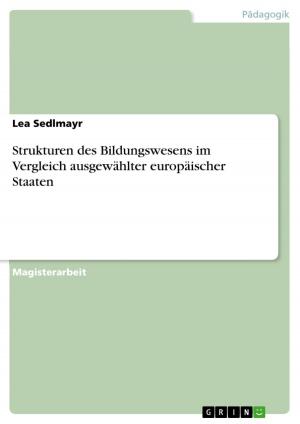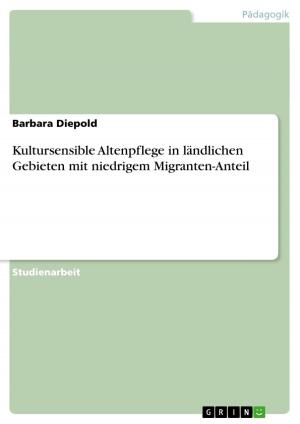The Financial Sources of Islamic Terrorists
Nonfiction, Social & Cultural Studies, Political Science, International, International Security| Author: | Girma Yohannes Iyassu Menelik | ISBN: | 9783640439881 |
| Publisher: | GRIN Verlag | Publication: | October 6, 2009 |
| Imprint: | GRIN Verlag | Language: | English |
| Author: | Girma Yohannes Iyassu Menelik |
| ISBN: | 9783640439881 |
| Publisher: | GRIN Verlag |
| Publication: | October 6, 2009 |
| Imprint: | GRIN Verlag |
| Language: | English |
Research Paper (postgraduate) from the year 2005 in the subject Politics - International Politics - Topic: Peace and Conflict Studies, Security, University of Bremen (University of Miami, FL / University of Bremen, Germany), language: English, abstract: This paper is not about the economics of terrorism, though economic concepts can help design strategies and analyze the behavioral side to combat terrorism. Here we discuss about the increasing financial sources and methods of their modern fundraising. The al Qaeda terrorist network and its sources of funding seem very complicated and mysterious at large. And much of what we know may only be speculation. The CIA has estimated, for example, that it cost Al Qaeda' some $30 million a year to sustain itself during the period preceding 9/11, but the agency is still not sure what al Qaeda needs or expends today. What we know today is the modified money transfer system of Al-Qaeda, the way it moves funds around the globe. Before September 11, many financial institutions have helped transfer millions of dollars of al-Qaeda's money, without any problem. However, after greater inspection over the past transactions, other policies were created to prevent legal transmission of terrorist funds after 9/11. Today terrorists are increasingly using the informal hawala, a very historical transaction system. To transport the huge amount of cash money, diamonds and gold they use donkeys, mules and horses to transport to the very remote areas.
Research Paper (postgraduate) from the year 2005 in the subject Politics - International Politics - Topic: Peace and Conflict Studies, Security, University of Bremen (University of Miami, FL / University of Bremen, Germany), language: English, abstract: This paper is not about the economics of terrorism, though economic concepts can help design strategies and analyze the behavioral side to combat terrorism. Here we discuss about the increasing financial sources and methods of their modern fundraising. The al Qaeda terrorist network and its sources of funding seem very complicated and mysterious at large. And much of what we know may only be speculation. The CIA has estimated, for example, that it cost Al Qaeda' some $30 million a year to sustain itself during the period preceding 9/11, but the agency is still not sure what al Qaeda needs or expends today. What we know today is the modified money transfer system of Al-Qaeda, the way it moves funds around the globe. Before September 11, many financial institutions have helped transfer millions of dollars of al-Qaeda's money, without any problem. However, after greater inspection over the past transactions, other policies were created to prevent legal transmission of terrorist funds after 9/11. Today terrorists are increasingly using the informal hawala, a very historical transaction system. To transport the huge amount of cash money, diamonds and gold they use donkeys, mules and horses to transport to the very remote areas.















